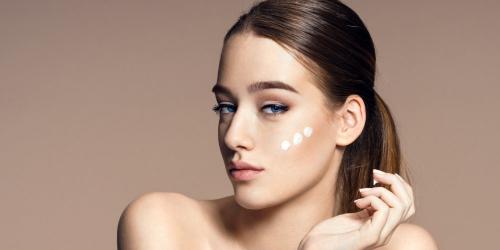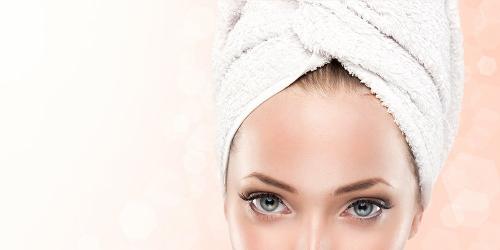Why do we sweat?
Everyone perspires, perspiration is used to regulate body temperature and eliminate toxins . For those whose perspiration becomes excessive (more than 50ml per minute) and therefore embarrassing (this is called hyperhidrosis ) , the most effective solution is to block the channels responsible for perspiration and to eliminate the bad smell due to bacteria present in the skin. the surface of the skin.
What's going on in our body?
1.4% of the population has so-called pathological hyperhidrosis . 90% suffer from excessive sweating in a localized area.
Excessive perspiration naturally fades from the age of 40 thanks to aging leading to a slowing down of metabolism and therefore sebum secretion (menopause is a special case because hot flashes last only a short time) . 2 glands present in the hypodermis are involved:
- Eccrine glands : flow water on the surface of the skin.
- the apocrine glands : present mainly in the armpits and perineum, they are the ones that cause the unpleasant odors related to perspiration.
Solutions against excessive sweating
To counteract excessive sweating , it is necessary to attack the glands responsible for the latter and to stop them (blocking perspiration does not disturb the body ) . For this, several solutions:
- antiperspirant deodorants : useful for bad odors and for closing the canals, although this solution is not expensive, it can be used only in the armpits and has less efficiency during a really excessive perspiration.
- medicines : medicines can be taken to stop excessive sweating (for example, Oxybutynin or Ditropan ) . Only the drugs should be taken for a while and only partially block perspiration and lead to many side effects like drought.
- Ionophoresis : this technique consists of dipping one's hands into a basin of water and passing an electric current for 15 minutes to re-polarize the sebaceous glands. This technique is binding: it takes 3 sessions per week (for a physiotherapist for about 50 euros , reimbursed by the Social Security) and it can only be applied to the extremities (feet and hands) .
- the botulinum toxin is otherwise known as Botox: Botox is not an effect on the muscles, it also puts to rest the glands. Botox is mostly used on the armpits. Disadvantages: it is painful and it is necessary to repeat an injection every 6 to 12 months (for 700 euros per session, reimbursed by the Social Security) .
- Endoscopic Thoracic Sympathectomy (ETS): here, the idea is to cut the nerves that connect the brain to the periphery. The operation is not dangerous, but it has a side effect of the most annoying ... ... sweating reflex which transpire lower body. It is, in fact, an operation rarely practiced in France.
- Focused ultrasound : practiced mainly on the armpits and the hands, this technique uses Ultéra , used for facelifts. Heat cones are created, causing cauterization of the glands responsible for excessive sweating. The operation is to be renewed every 3 years . Disadvantages: these are small impacts that will cauterize the affected area, so the technique does not touch all the responsible glands and therefore perspiration can still occur.
- Miradry , the microwave : this operation is performed under anesthesia. It permanently destroys the glands by thermolysis (by heat) . The decrease in perspiration is therefore immediate and irreversible (in case we wish to have beautiful halos under the arms again) . The sweat glands are burned by electromagnetic waves and the skin is cooled to protect it and prevent burns. Side effects due to thermolysis exist (edema, bruises , soreness) but last only a short time. Another side effect that, here, is rather an advantage, a final hair removal to 70% for those who would be tempted by the Miradry (a 2 in 1) . The first session costs € 2,400 and the second € 1,200 . This new technique is, for the moment, intended for the underarms, but soon, the device should also be able to deal with palm-plantar areas.
Thanks to Dr. Noël Schartz, dermatologist.


